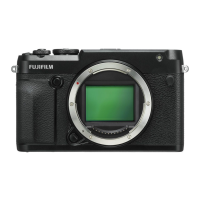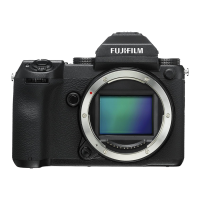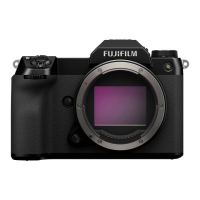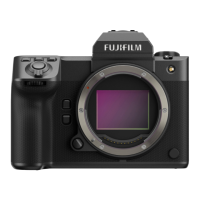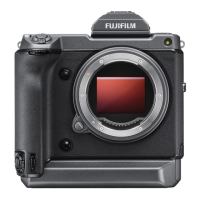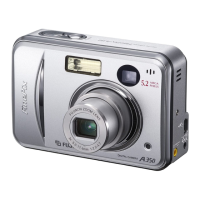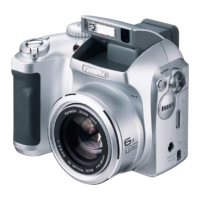How to fix FujiFilm Digital Camera that does not turn on?
- Kkim85Aug 20, 2025
If your FujiFilm Digital Camera doesn't turn on, the battery might be exhausted. Try charging the battery or inserting a fully-charged spare. Also, check if the battery is inserted correctly and ensure the battery-chamber cover is latched properly.
